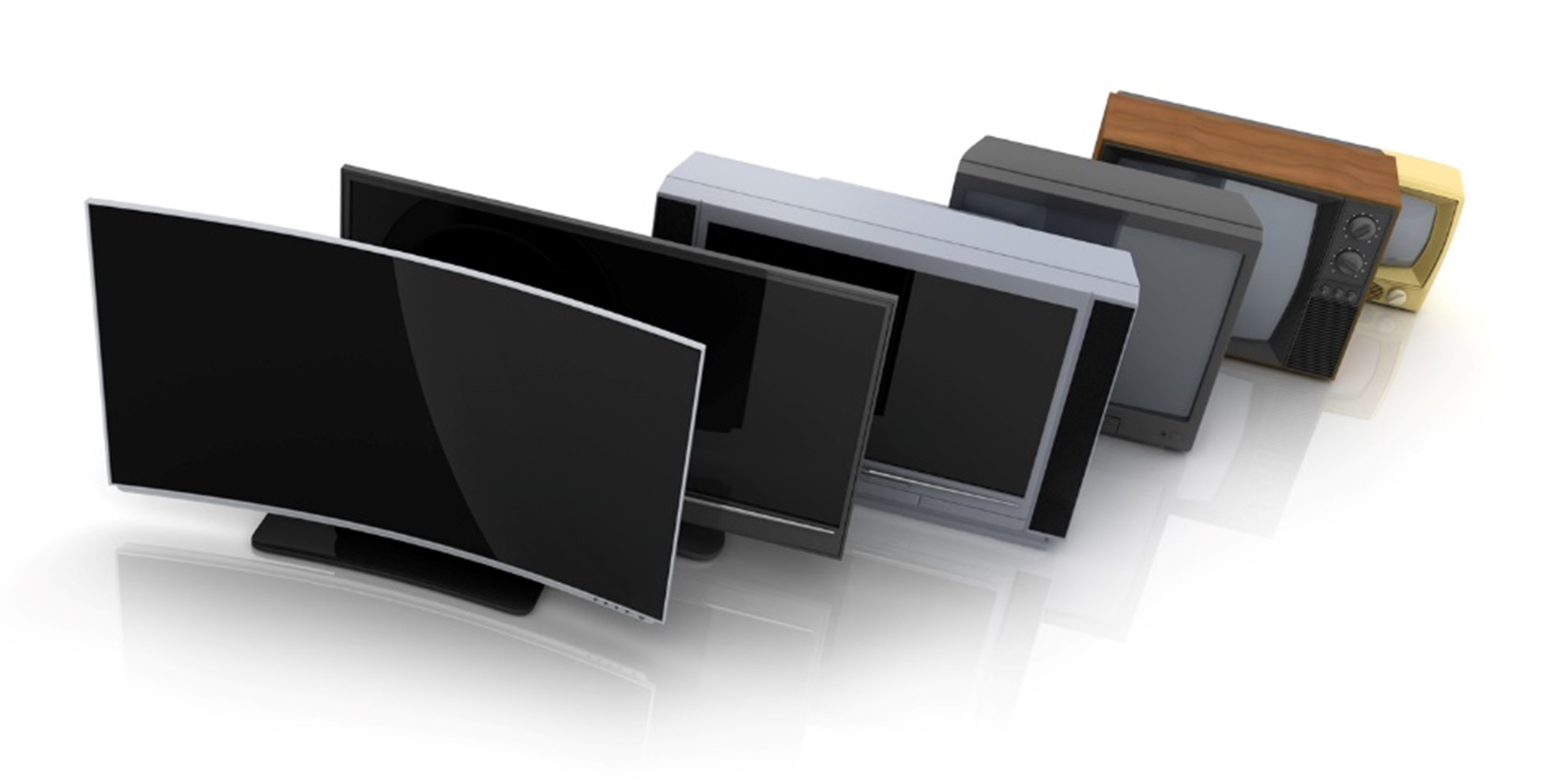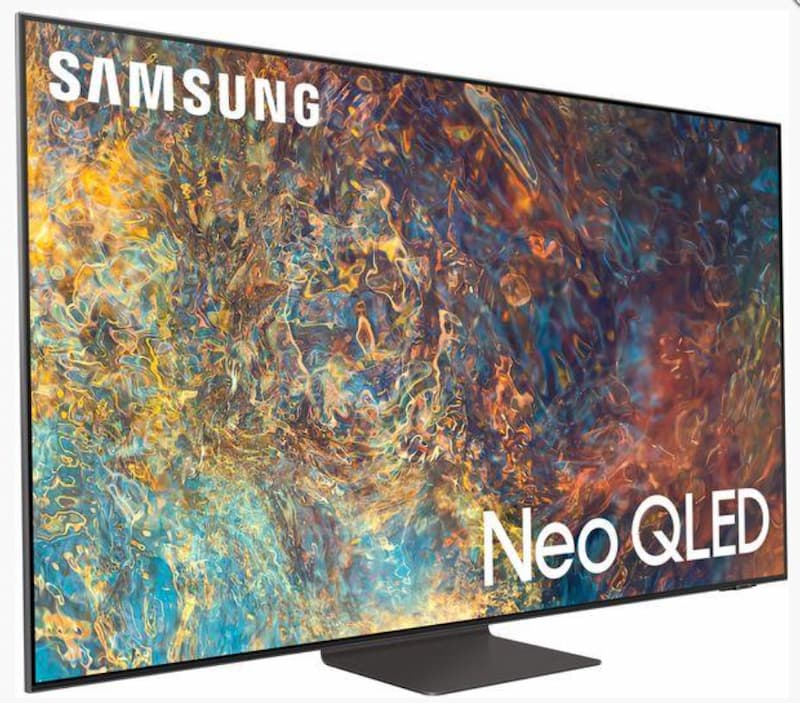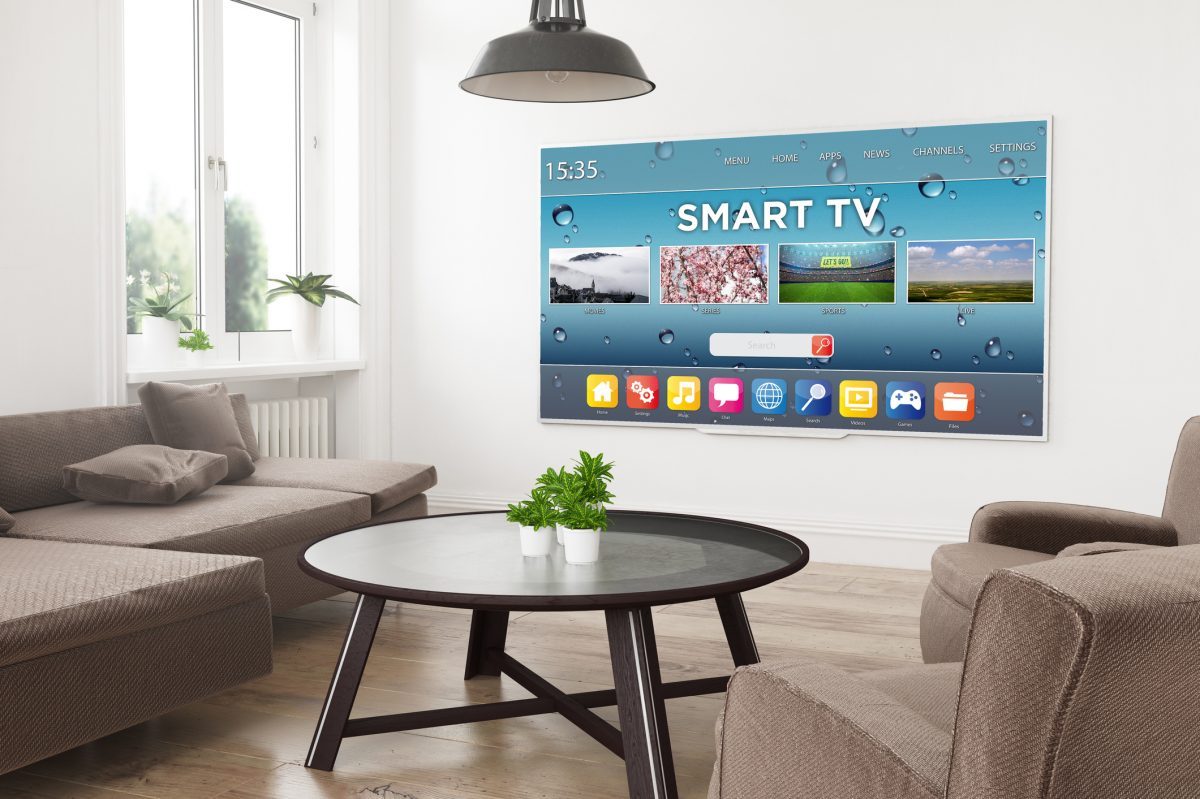There has been mixed reaction to the increased use of 3D TVs, with many people who experience it enjoying it a lot, and others thinking it is just a gimmick to sell higher end products. Moving on from this, even greater changes have been conceived in the form of holographic images being beamed into people’s homes. This is looking forward about 20 or so years until it would be viable, but even so, it can be something to get excited about.
Research has been done into the popularity of 3D TVs and two thirds of those asked said that the technology was seen as ‘nice to have’ rather than essential, so it could be argued that there isn’t a market for the possibility of holographic television.
It could also be seen that the use of 3D TVs has utilised the need for future proofing people’s purchases. It would be incredibly annoying and expensive if people needed to upgrade their sets every time a new technology came out. Even if people are not using the 3D capabilities of their sets now, it could just mean that the technology will be utilised more in the future as more programming becomes available.
Research into holographic TV has already started, with scientists and manufacturers trying to find ways to create an image that can appear in the centre of a room rather than through a TV set. A few years ago, it was mentioned by Japanese TV network NHK that they aimed to have holographic televisions in the home by 2016. This was part of the bid for Japan to host the 2020 world cup.
Whether there are practical limitations to this type of programming, or if it will be more popular than 3D TV at its start remains to be seen, but that probably won’t be for a while yet!







